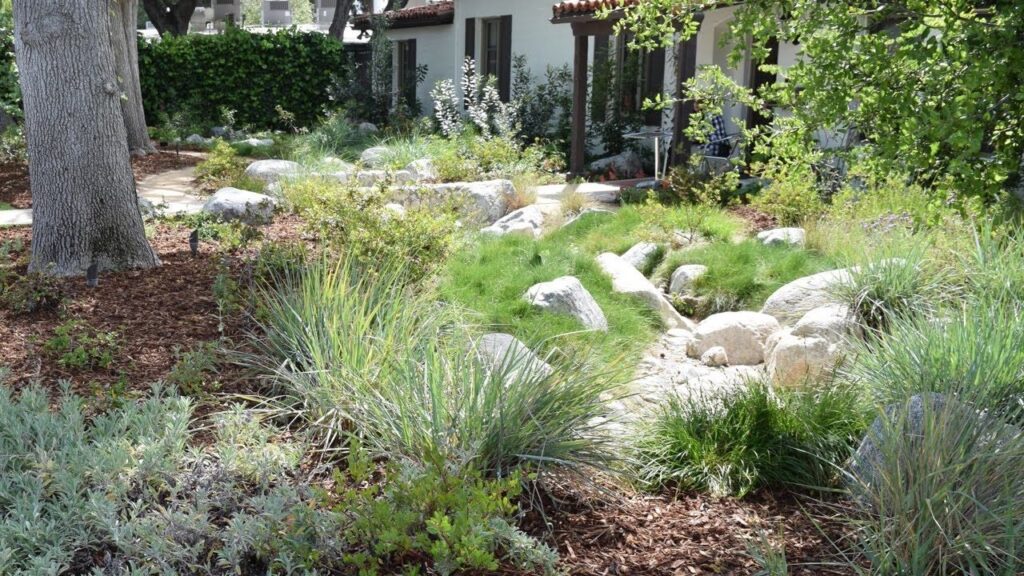
The Climate Crisis is here. It’s been clear to scientists for a while and it’s now becoming clear to more and more people that the delicate balance of nature has been broken by human activity in the last few decades. The accelerated rate of our activity: the food and livestock we grow, our means of transportation, how we heat and cool our homes, how we produce electricity and the waste we create, all produce potent greenhouse gases that trap heat within the Earth’s atmosphere and are changing its climate.
Since the Earth’s natural systems are extremely delicate and interdependent, the change that has already occurred in the Planet’s climate has already disrupted the natural equilibrium. It is causing ice caps to melt, raising sea levels; it’s lowering rainfall and increasing desertification; it’s making weather events like hurricanes and floods more powerful and deadly; it’s disrupting animal nesting, blooming and breading cycles, and destroying habitats, to name just a few effects.
Around the world young people are becoming aware of these grave effects, and since they will be around the longest to live with the consequences of how we live today, they’ve started a movement they call “Extinction Rebellion”. It is trying to sound the alarm bells and stop this massive destruction by calling for the world’s citizens and its leaders to immediately and drastically change how we live in order to reduce the emission of greenhouse gases (GHG).
This might all sound grand scale and disheartening, but actually, there are many things that each of us can do to reduce GHG emissions, and it makes sense to start with our homes. Every choice we make in our house: how we use energy, how we treat our waste, how much water we use, affects our “Carbon Footprint”, that is, how much GHG we directly or indirectly produce. So here are 6 ways you can fight climate change by changing things around in your own home:
Install solar panels on your roof and get free electricity
This is a clean way to produce energy by relying on a renewable, non-GHG-emitting, and endless source of energy, the sun. Panel prices have plummeted in the last few years and in some cases, the return on your investment will be just a few years, after which you won’t just be getting electricity for free, you might be able to make money by selling some back to the grid.
2. Separate your waste and use your organic waste for cooking power
When organic waste such as leftovers of fruits, vegetables, meats, etc., is sent to a landfill, as unfortunately most waste in the world is, it decomposes and releases methane, a gas that is 21 times more potent than CO2 in creating the greenhouse effect. An innovative new product, developed by a company called HomeBiogas, allows you to use this Methane for cooking. All you have to do is pour your organic waste into their tent size system that sits in your back yard and is connected to your stove, and you’ll not only avoid those GHG emissions but also reduce your gas bill.
3. Use Native plants in your garden
As the world heats up and water becomes a more scarce resource, consider reducing your water consumption. One way of doing that, if you live in a relatively warm climate, let’s say Southern California or Arizona, is to not try to imitate the gardens and plants that are suitable to wetter and colder climates. Instead, for landscaping pick local plants that don’t need a lot of water. Grass is an extreme example: a lawn need about an inch (2.5 cm) of water per week, which means each square meter (9 square feet) will require about 1.3 cubic meters of water (340 gallons) a year! Few places have that kind of rainfall. Instead, consider using artificial grass. Some synthetic grass types today feel very fine and delicate and will also save you money and lawn hassle over the years.
4. Use water saving devices
There are many devices that can help you save water inside the house too. One is a low flush or multi flush toilet. Traditional toilets use up to six liters in each flush, when most of the time we need much less than that. You can also put in faucets with a smaller flow- most kitchen faucets give you a lot more pressure than we need. And if you really want to go the extra mile for the planet, you can get a grey water reuse system that will use your sink, washing machine and dishwasher water for toilet flushing and garden watering, after proper filtration, and save you hundreds of gallons of water a year.









